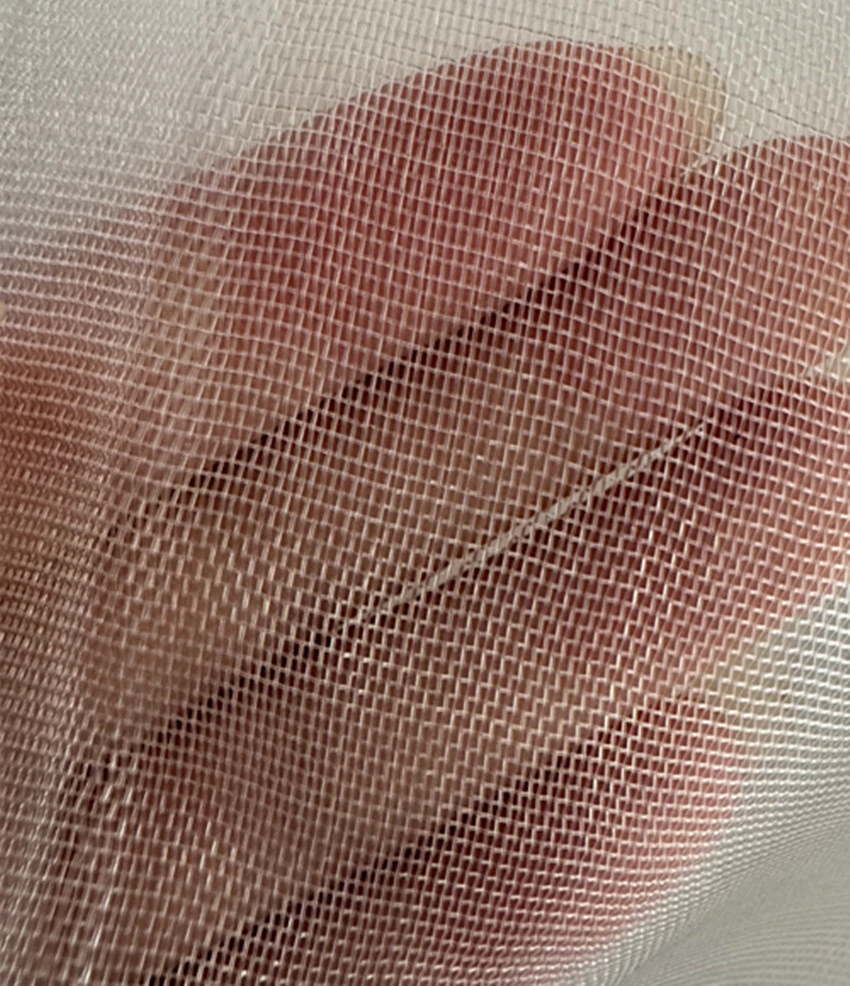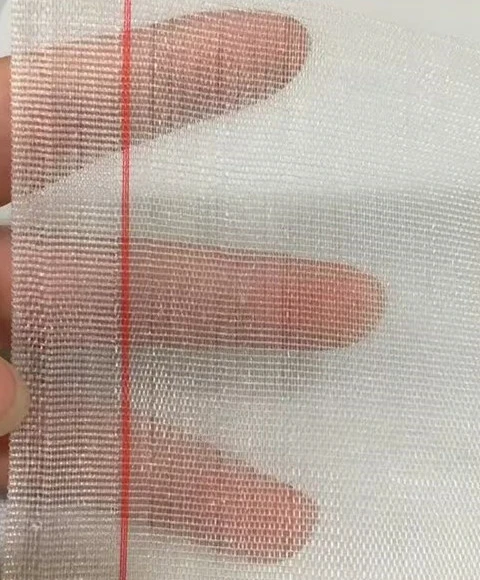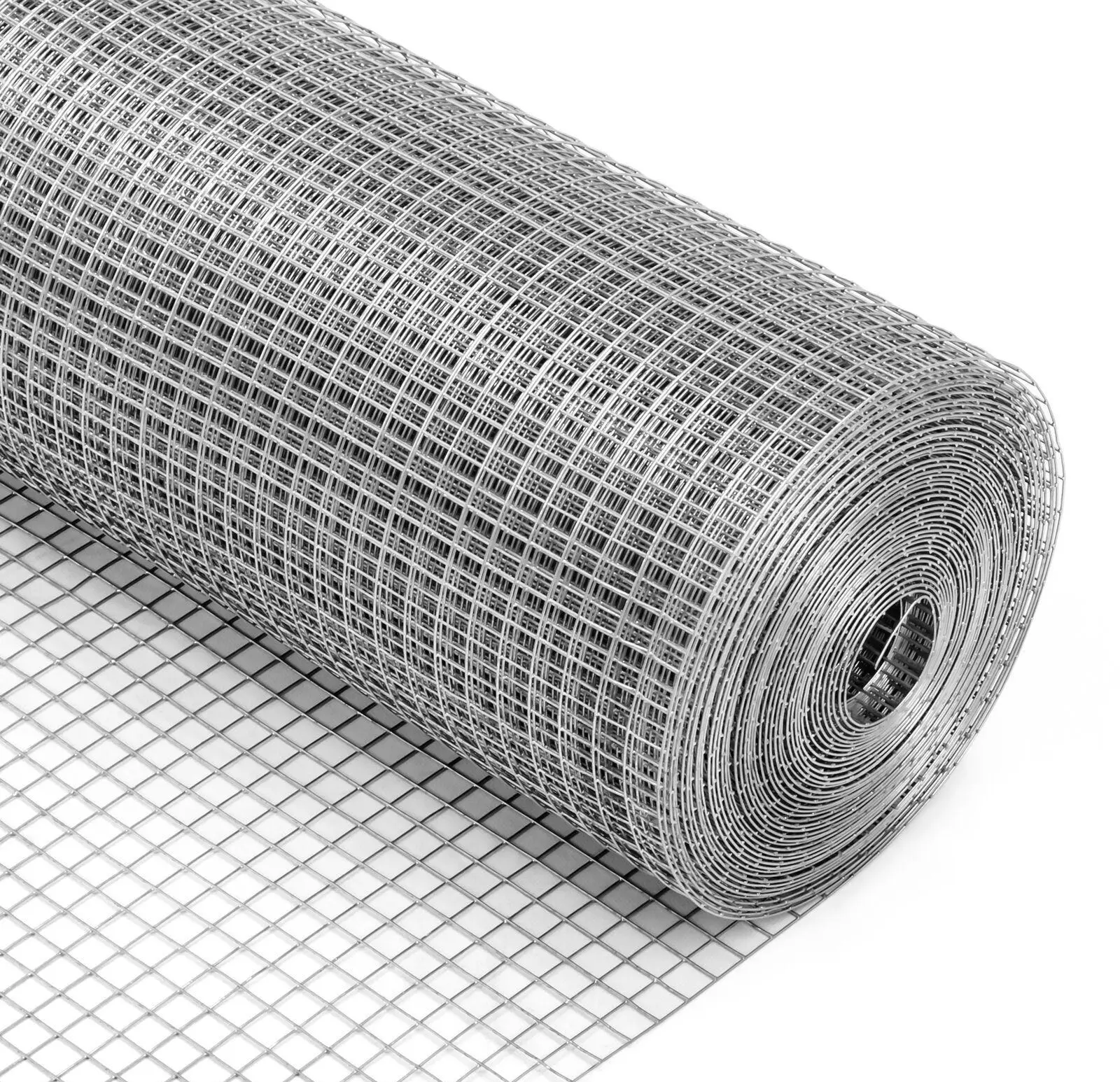-
 Afrikaans
Afrikaans -
 Albanian
Albanian -
 Amharic
Amharic -
 Arabic
Arabic -
 Armenian
Armenian -
 Azerbaijani
Azerbaijani -
 Basque
Basque -
 Belarusian
Belarusian -
 Bengali
Bengali -
 Bosnian
Bosnian -
 Bulgarian
Bulgarian -
 Catalan
Catalan -
 Cebuano
Cebuano -
 China
China -
 Corsican
Corsican -
 Croatian
Croatian -
 Czech
Czech -
 Danish
Danish -
 Dutch
Dutch -
 English
English -
 Esperanto
Esperanto -
 Estonian
Estonian -
 Finnish
Finnish -
 French
French -
 Frisian
Frisian -
 Galician
Galician -
 Georgian
Georgian -
 German
German -
 Greek
Greek -
 Gujarati
Gujarati -
 Haitian Creole
Haitian Creole -
 hausa
hausa -
 hawaiian
hawaiian -
 Hebrew
Hebrew -
 Hindi
Hindi -
 Miao
Miao -
 Hungarian
Hungarian -
 Icelandic
Icelandic -
 igbo
igbo -
 Indonesian
Indonesian -
 irish
irish -
 Italian
Italian -
 Japanese
Japanese -
 Javanese
Javanese -
 Kannada
Kannada -
 kazakh
kazakh -
 Khmer
Khmer -
 Rwandese
Rwandese -
 Korean
Korean -
 Kurdish
Kurdish -
 Kyrgyz
Kyrgyz -
 Lao
Lao -
 Latin
Latin -
 Latvian
Latvian -
 Lithuanian
Lithuanian -
 Luxembourgish
Luxembourgish -
 Macedonian
Macedonian -
 Malgashi
Malgashi -
 Malay
Malay -
 Malayalam
Malayalam -
 Maltese
Maltese -
 Maori
Maori -
 Marathi
Marathi -
 Mongolian
Mongolian -
 Myanmar
Myanmar -
 Nepali
Nepali -
 Norwegian
Norwegian -
 Norwegian
Norwegian -
 Occitan
Occitan -
 Pashto
Pashto -
 Persian
Persian -
 Polish
Polish -
 Portuguese
Portuguese -
 Punjabi
Punjabi -
 Romanian
Romanian -
 Russian
Russian -
 Samoan
Samoan -
 Scottish Gaelic
Scottish Gaelic -
 Serbian
Serbian -
 Sesotho
Sesotho -
 Shona
Shona -
 Sindhi
Sindhi -
 Sinhala
Sinhala -
 Slovak
Slovak -
 Slovenian
Slovenian -
 Somali
Somali -
 Spanish
Spanish -
 Sundanese
Sundanese -
 Swahili
Swahili -
 Swedish
Swedish -
 Tagalog
Tagalog -
 Tajik
Tajik -
 Tamil
Tamil -
 Tatar
Tatar -
 Telugu
Telugu -
 Thai
Thai -
 Turkish
Turkish -
 Turkmen
Turkmen -
 Ukrainian
Ukrainian -
 Urdu
Urdu -
 Uighur
Uighur -
 Uzbek
Uzbek -
 Vietnamese
Vietnamese -
 Welsh
Welsh -
 Bantu
Bantu -
 Yiddish
Yiddish -
 Yoruba
Yoruba -
 Zulu
Zulu
Premium Stainless Steel Wire Grid for Durable Grid Mesh Solutions Stainless Steel Grid Mesh Manufacturer
- Introduction to Stainless Steel Wire Grid and Its Growing Demand
- Technical Advantages of Stainless Steel Grid Mesh
- Comparative Analysis: Stainless Steel Grid Mesh vs. Alternative Materials
- Customization Options and Advanced Manufacturing Techniques
- Industry Applications and Case Studies
- Selection Guidelines for Grid Steel Mesh Suppliers
- Conclusion: The Remarkable Value of Stainless Steel Wire Grid Solutions

(stainless steel wire grid)
Introduction to Stainless Steel Wire Grid and Its Growing Demand
The stainless steel wire grid
has emerged as an integral material across architectural, industrial, and commercial fields, responding to the global push for robust, sustainable, and aesthetically appealing infrastructure elements. According to the Market Research Future report, the global stainless steel market already surpassed USD 110 billion in 2022, with the construction segment representing more than 35% of total consumption, highlighting the prominent role of wire grid solutions. Their unique combination of tensile strength, corrosion resistance, and customizable design has attracted designers and engineers globally. In sectors such as industrial filtration or architectural cladding, where durability and appearance are equally critical, stainless steel grid mesh offers unmatched reliability and versatility. As project requirements evolve towards higher standards and longer service life, demand for innovative grid steel mesh products continues to accelerate.
Technical Advantages of Stainless Steel Grid Mesh
Among modern materials, stainless steel grid mesh stands out due to remarkable mechanical and chemical properties. Depending on the alloy, high-grade options such as 304 and 316 stainless steel offer tensile strengths typically between 515–620 MPa and Melting Points of roughly 1400°C. Its resistance to chemical corrosion—especially in marine or industrial atmospheres—minimizes maintenance costs and downtime. Stainless steel grid mesh can be engineered to precise specifications, providing wire diameters from 0.5 mm to 8 mm and mesh openings tailored from 2x2 mm up to 100x100 mm or more.
Such grids allow for seamless integration into demanding environments—high humidity, rapid temperature changes, or significant mechanical load. Enhanced by uniform material composition and precise welding or weaving, these grids reduce structural deformation and perform reliably even under high impact or vibration. The result: a material whose lifecycle often exceeds 20 years in external or critical applications, outperforming galvanized or coated alternatives.
Comparative Analysis: Stainless Steel Grid Mesh vs. Alternative Materials
Understanding the value proposition of stainless steel grid mesh requires evaluating its performance against commonly used materials like galvanized steel, aluminum mesh, and plastic grid panels. The following table compares key metrics across different grid solutions:
| Parameter | Stainless Steel Grid Mesh | Galvanized Steel Mesh | Aluminum Mesh | Plastic Grid Panels |
|---|---|---|---|---|
| Tensile Strength (MPa) | 515–620 | 370–550 | 70–150 | 25–45 |
| Average Lifespan (years) | 20–30 | 8–15 | 10–12 | 5–8 |
| Corrosion Resistance | Excellent | Good | Moderate | Poor |
| Max. Operating Temp. (°C) | ~1400 | ~400 | ~650 | ~90 |
| Maintenance Demands | Minimal | Moderate | Moderate | High |
| Typical Cost Index (USD/m²) | 35–90 | 20–55 | 22–65 | 15–40 |
The data clearly demonstrates stainless steel’s superior strength, longevity, and corrosion resistance. While the initial investment may be higher, the extended service life and negligible maintenance requirements deliver striking cost-efficiency and performance.
Customization Options and Advanced Manufacturing Techniques
Manufacturing flexible solutions tailored to unique project requirements is a hallmark of advanced stainless steel grid mesh producers. Clients can select from a plethora of specifications: mesh aperture sizes, wire diameters, alloy grades (AISI 201, 304, 316L, etc.), surface finishes (matte, polished, powder coated), and framing systems (flat, C-channel, custom).
State-of-the-art techniques, including CNC spot welding and high-precision weaving, ensure uniform aperture and stronger junction points—minimizing risk of mechanical failure. Surface finishing methods, such as electropolishing and passivating, further bolster corrosion resistance, making stainless steel wire grid suitable even for food processing or pharmaceutical environments. With dedicated in-house engineering teams, leading manufacturers offer comprehensive design consultation and prototyping to ensure all technical and aesthetic objectives are surpassed. This level of flexibility enables integration into complex architectural geometry, load-bearing industrial racks, or critical safeguarding enclosures.
Industry Applications and Case Studies
The real-world performance of grid steel mesh is best illuminated through sector-specific applications and their outcomes. In the architectural arena, stainless steel grids are widely adopted for façade systems, providing both functional shading and modern aesthetics. For instance, the Berlin Hauptbahnhof railway station uses over 10,000 m² of stainless steel mesh cladding, combining airflow efficiency with anti-vandalism strength.
Industrially, automated filtration lines in the chemical sector frequently specify 316L grid mesh to handle aggressive acid vapors and mechanical loads. At a North American water treatment facility, the use of 5 mm welded mesh grids decreased annual maintenance by 60% over prior galvanized installations. Elsewhere, sports arenas and public infrastructure favor stainless steel grid mesh for fencing and stair treads, capitalizing on its slip resistance and high traffic resilience. The food and pharmaceutical industries mandate stainless mesh in conveyor belts and sieves; its non-reactive surface complies with strict hygiene standards and withstands frequent washdowns, as evidenced by a 15% productivity increase in a mid-size bakery after upgrading to custom stainless grid conveyors.
Selection Guidelines for Grid Steel Mesh Suppliers
Selecting the optimal manufacturer or supplier is critical to harnessing the full benefits of stainless steel grid mesh. Prospective buyers should prioritize suppliers with comprehensive certifications (ISO 9001, ASTM, EN standards), in-house quality inspection protocols, and a proven project portfolio spanning relevant industries. An ideal partner offers technical support from preliminary design to after-sales troubleshooting, as well as flexible order quantities and rapid turnaround.
With the trend towards sustainability and traceable sourcing, leading companies provide transparent material certifications and environmental impact data. Global supplier benchmarking reveals that only 23% of surveyed manufacturers (according to 2023 ICC industry report) offer both complete documentation and post-delivery testing, underscoring the need for diligent supplier evaluation. Close attention to warranties, logistics planning, and customization capability can dramatically influence both short and long-term project outcomes.
Conclusion: The Remarkable Value of Stainless Steel Wire Grid Solutions
By synthesizing high mechanical strength, decades-long service, and adaptable design, stainless steel wire grid solutions present compelling value across diverse projects. The data evidences quantifiable cost savings, reduced maintenance, and elevated performance benchmarks compared to alternative grid materials. Customization possibilities and advanced manufacturing further amplify their operational impact. With robust supplier selection and application-specific configuration, these products enable engineers and architects to realize both structural integrity and visual distinction on a global scale. Their rising adoption speaks not just to practical value, but also to their role in advancing modern engineering and design standards.

(stainless steel wire grid)
FAQS on stainless steel wire grid
Q: What is a stainless steel wire grid?
A: A stainless steel wire grid is a mesh panel made from interlaced stainless steel wires. It offers high strength, durability, and resistance to corrosion. Stainless steel wire grids are commonly used in construction, fencing, and filtration.Q: What are the main applications of stainless steel grid mesh?
A: Stainless steel grid mesh is used in architectural decoration, industrial filtration, and safety barriers. It is also popular for shelving and machine protection. The material's corrosion resistance makes it ideal for outdoor and harsh environments.Q: How does grid steel mesh differ from regular wire mesh?
A: Grid steel mesh typically has larger, uniform grid openings compared to standard wire mesh. It is usually sturdier and designed for load-bearing or aesthetic applications. Its grid pattern provides both strength and stability.Q: Why choose stainless steel for wire grids or mesh?
A: Stainless steel offers excellent corrosion resistance, making it suitable for demanding environments. It also provides superior strength and a clean, modern appearance. These qualities enhance the lifespan and reliability of wire grid products.Q: Can stainless steel wire grids be customized for specific needs?
A: Yes, stainless steel wire grids can be fabricated in various sizes, wire thicknesses, and grid patterns. Customization ensures a perfect fit for your project requirements. Speak with a supplier to discuss your specific needs.-
Optimal Fish Rearing with Premium Breeding Net SolutionsNewsJul.18,2025
-
High-Strength Construction Wire Mesh for Structural Integrity and SafetyNewsJul.18,2025
-
Ensuring Protection and Efficiency in Construction and StorageNewsJul.18,2025
-
Enhancing Crop Protection with High-Quality Agriculture Shade NetsNewsJul.18,2025
-
Dunnage Bags and Shipping Plastic Bags for Secure TransportNewsJul.18,2025
-
Comprehensive Protection for Construction and InfrastructureNewsJul.18,2025











